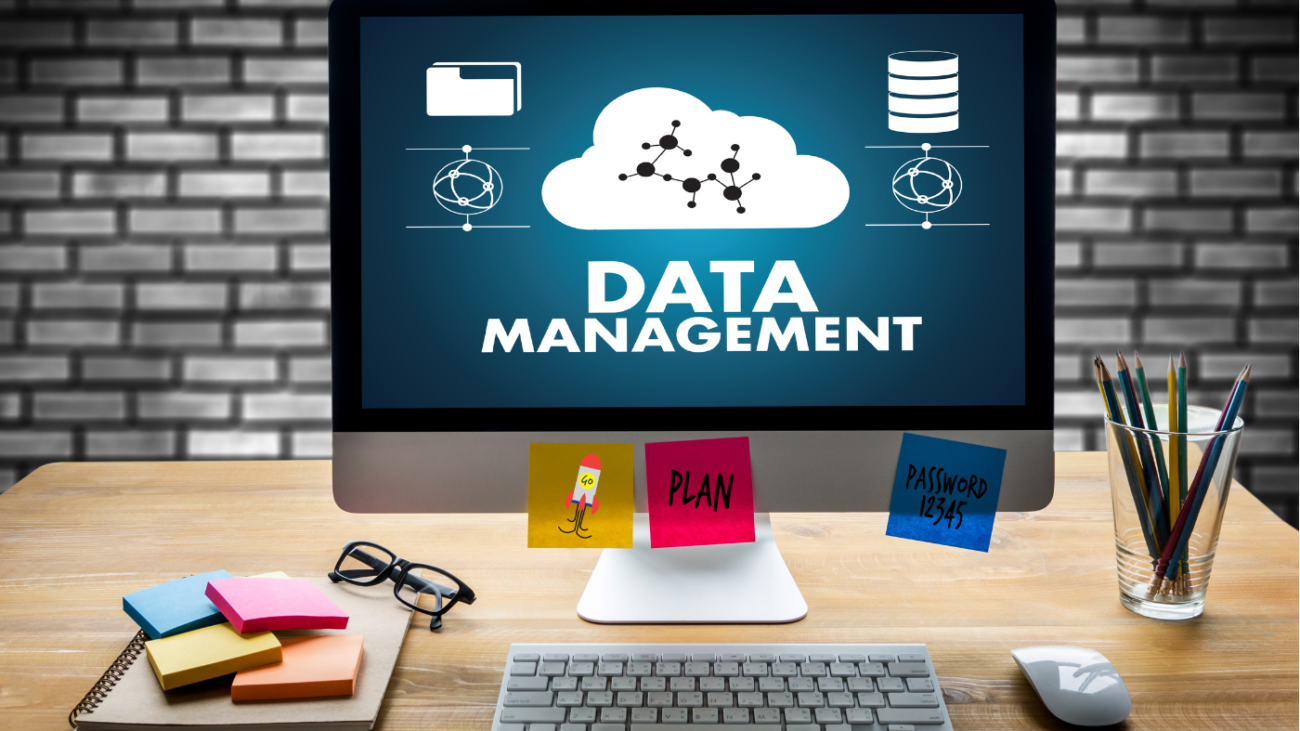In today’s digital world, businesses rely heavily on technology to drive efficiency, improve customer experiences, and streamline operations. However, IT challenges are inevitable, and if not addressed properly, they can hinder business growth. This is where IT consulting firms come in, providing expert solutions to overcome technological obstacles and enhance business operations.
In this article, we’ll explore some of the most common IT challenges businesses face and how IT consulting firms help solve these issues.
1. Cybersecurity Threats and Data Breaches
The Challenge:
Cyber threats are increasing in sophistication, making businesses vulnerable to data breaches, ransomware attacks, and phishing scams. A single data breach can lead to financial losses, reputational damage, and regulatory penalties.
How IT Consulting Solves It:
- Conducts security assessments to identify vulnerabilities.
- Implements advanced cybersecurity measures like firewalls, multi-factor authentication (MFA), and endpoint security.
- Provides employee training on recognizing cyber threats.
- Develops incident response plans to mitigate damage from cyberattacks.
2. Outdated Technology and Legacy Systems
The Challenge:
Many businesses struggle with outdated technology that leads to inefficiencies, compatibility issues, and increased maintenance costs. Legacy systems also expose businesses to security risks.
How IT Consulting Solves It:
- Assesses current IT infrastructure and recommends upgrades.
- Migrates legacy systems to cloud-based solutions.
- Introduces automation tools to streamline workflows.
- Ensures compatibility and integration with modern applications.
3. Lack of IT Expertise and Resources
The Challenge:
Small and mid-sized businesses often lack the internal IT expertise required to manage and secure their systems effectively. Hiring a full-time IT team can be costly.
How IT Consulting Solves It:
- Provides access to experienced IT professionals without the overhead costs.
- Offers ongoing IT support and managed services.
- Helps businesses develop IT strategies tailored to their needs.
4. Data Management and Storage Issues
The Challenge:
Handling large volumes of data can be challenging, especially when it comes to storage, security, and compliance.
How IT Consulting Solves It:
- Recommends cloud or hybrid storage solutions for scalability.
- Implements data backup and disaster recovery strategies.
- Ensures compliance with data protection regulations such as GDPR and HIPAA.
5. IT Downtime and Network Failures
The Challenge:
Unplanned IT downtime leads to lost productivity and revenue. Network failures disrupt operations and negatively impact customer experiences.
How IT Consulting Solves It:
- Monitors IT systems to detect and resolve issues proactively.
- Implements redundancy and failover solutions.
- Provides disaster recovery planning and business continuity strategies.
6. Compliance and Regulatory Requirements
The Challenge:
Industries like healthcare, finance, and e-commerce must adhere to strict regulations. Non-compliance can result in legal penalties and loss of customer trust.
How IT Consulting Solves It:
- Conducts compliance assessments to ensure businesses meet regulatory requirements.
- Implements security protocols and data protection measures.
- Provides ongoing compliance monitoring and reporting.
7. Cloud Migration Challenges
The Challenge:
Migrating to the cloud offers numerous benefits, but businesses often face issues related to data security, application compatibility, and cost management.
How IT Consulting Solves It:
- Develops a customized cloud migration strategy.
- Ensures secure data transfer with encryption and backups.
- Optimizes cloud usage to prevent unnecessary costs.
8. Scalability and IT Infrastructure Growth
The Challenge:
As businesses grow, their IT infrastructure must scale accordingly. Many companies struggle with scaling IT resources efficiently.
How IT Consulting Solves It:
- Designs scalable IT solutions that grow with business needs.
- Implements cloud-based services to enhance flexibility.
- Provides ongoing IT support to manage expansion seamlessly.
9. Integration Issues with New Technologies
The Challenge:
Integrating new software and applications with existing systems can be complex, leading to inefficiencies and data inconsistencies.
How IT Consulting Solves It:
- Conducts compatibility assessments before implementation.
- Ensures seamless integration of new technologies.
- Provides staff training to optimize adoption and usage.
10. IT Budget Constraints
The Challenge:
Many businesses struggle with budgeting for IT investments while ensuring they get the best value for their money.
How IT Consulting Solves It:
- Develops cost-effective IT strategies tailored to business goals.
- Recommends budget-friendly IT solutions without compromising security.
- Offers managed IT services to reduce operational costs.
Conclusion
IT challenges can significantly impact business productivity, security, and growth. However, IT consulting firms provide tailored solutions to help businesses navigate these challenges effectively. From cybersecurity to cloud migration and regulatory compliance, IT consultants bring the expertise needed to optimize technology and drive business success.
Are you facing IT challenges in your business? Contact an experienced IT consulting firm today to ensure your business remains secure, efficient, and future-ready.










